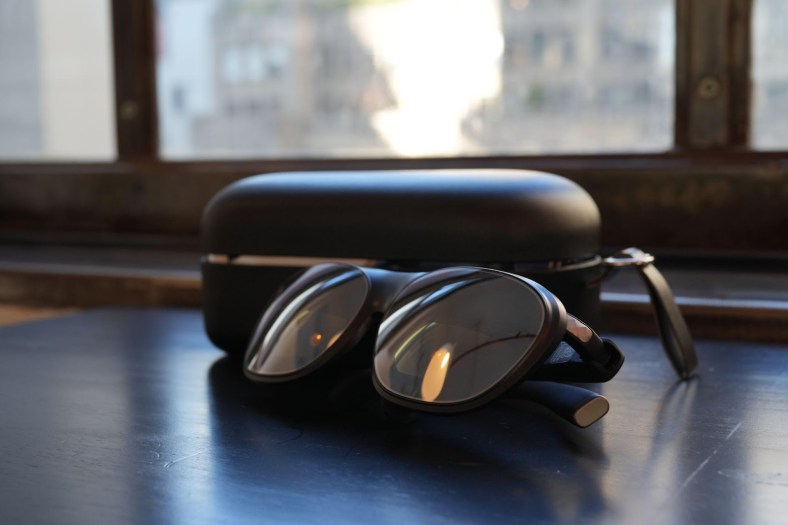As Apple and Meta continue to battle it out in the premium AR headset space, a quiet but confident competitor is carving out a different lane—one that’s lighter in form and cost. Rokid, a Hangzhou-based augmented reality company steadily building its ecosystem since 2014, has launched the most accessible spatial computing product to date: the Rokid AR Spatial, priced at $649.

Where Apple’s Vision Pro commands a $3,499 price tag and more than 600 grams of hardware weight, Rokid’s alternative weighs just 75 grams. It delivers many core features, multi-window computing, immersive display, spatial media support, and gaming integration at a fraction of the bulk and cost.
A Strategic Product Positioning
The AR Spatial is not a “headset” in the traditional sense. It’s designed as wearable eyewear, built with magnesium-aluminum alloy and subtle enough to pass as everyday tech. The goal is to make AR ordinary, not experimental. And that plays well into Rokid’s larger strategy: get spatial computing into as many hands and homes as possible.
Rather than positioning the Spatial as a laptop replacement or productivity powerhouse, Rokid offers a lifestyle-centric utility product. It supports the Google Play ecosystem, allowing access to mainstream apps like Netflix, YouTube, Disney+, Prime Video, and productivity and messaging platforms. The glasses can project a virtual 300-inch screen with 3D support and a 90Hz refresh rate for entertainment. For work, they support three floating app windows for true multitasking.
Because vision matters when projecting digital overlays inches from your eyes, Rokid’s built-in diopter and pupillary adjustment (from 0 to -6.00D) enables users to skip custom lenses entirely. Rokid is thinking beyond the early adopters of this detailed, low-profile functionality.
Targeting the Mid-Market Before It Becomes Premium

The release of Rokid AR Spatial positions the company to capture an entry/middle-market consumer base. In a space where innovation typically comes at a $3,000+ price point, Rokid is betting that scale will come from affordability.
“We’re not trying to build luxury,” said a Rokid spokesperson at CES earlier this year. “We’re trying to build normal.” Normal, in this case, means compatibility with Steam Link and PS Remote Play for gamers. It means a “Sport Mode” to stabilize the display while in motion. It means air-cushioned nose pads and a companion Station 2 unit that charges while in use, small features that make AR feel less like a demo and more like a utility.
There’s a strategic elegance in what Rokid isn’t doing: it isn’t chasing photorealistic avatars, 6DOF mapping, or high-end passthrough. Instead, it’s optimizing for media consumption, communication, and casual productivity, which most people do with their phones and laptops. Rokid is not asking users to leave those devices behind. It’s simply offering a new, hands-free layer to extend them.
Expanding Globally
With over 1 million end users and sales across 100+ countries, Rokid is quietly becoming one of the world’s most widely distributed AR platforms. Their previous success in industrial and automotive applications is now being translated into consumer channels, with momentum carried from their appearance at Milan Design Week, where the AR Spatial won the Zona Sarpi Design Award for technological aesthetic.
This latest release signals a pivot from niche use cases to everyday scale. With more than 6,000 developers contributing and 35 spatial apps already in circulation, Rokid’s ecosystem is maturing quickly, with less dependence on proprietary app development than competitors like Apple or Meta.
The AR Spatial is available now via global.rokid.com, and early buyers receive a bundled wireless game controller. More interesting than any promotion, however, is the market response. As other firms position themselves for spectacle, Rokid is focused on the fundamentals: functionality, comfort, and price. And that may be the winning formula for turning AR into something more than a buzzword.






